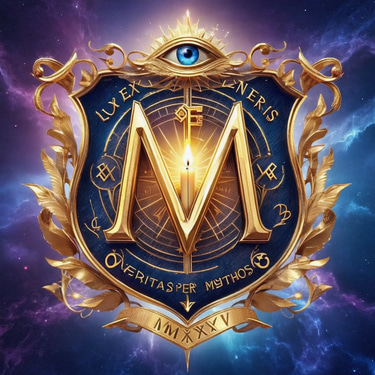Famous Historical Magicians
Biblical and Religious Figures
Moses (c. 1393-1273 BCE)
Moses is one of the most significant prophets in Judaism, Christianity, and Islam. According to biblical accounts, he possessed extraordinary powers granted by God, including the ability to turn his staff into a serpent, bring forth the ten plagues of Egypt, and part the Red Sea. His magical abilities were central to the Exodus story, where he led the Israelites out of Egyptian bondage. The biblical narrative presents his powers not as sorcery but as divine miracles, though ancient Egyptian and later magical traditions would incorporate many of his legendary feats into their practices.
King Solomon (c. 970-931 BCE)
King Solomon, the third king of Israel, became legendary for his wisdom and his alleged mastery over supernatural forces. According to various texts including the Testament of Solomon and later grimoires, Solomon possessed a magical ring that gave him power over demons and spirits. He was said to have commanded 72 demons to build his temple and could summon and bind spiritual entities. Medieval and Renaissance magical traditions heavily drew upon Solomonic magic, with numerous grimoires attributed to him, including the famous "Key of Solomon" and "Lesser Key of Solomon."
Ancient Greek Philosophers and Mystics
Pythagoras (c. 570-495 BCE)
While primarily known as a mathematician and philosopher, Pythagoras was also regarded in ancient times as a powerful magician and mystic. His followers believed he possessed supernatural abilities, including bilocation (being in two places at once), the ability to speak with animals, and prophetic powers. Pythagorean teachings combined mathematics, music, and mystical philosophy, viewing numbers as the fundamental essence of reality. His mathematical discoveries were intertwined with magical thinking, and his school practiced various forms of ritual purification and spiritual discipline.
Apollonius of Tyana (c. 15-100 CE)
Apollonius was a Greek Neopythagorean philosopher who gained a reputation as a miracle worker and sage. His biography by Philostratus describes numerous magical feats, including healing the sick, raising the dead, exorcising demons, and teleportation. He traveled extensively throughout the Roman Empire and beyond, studying with various magical and philosophical traditions. Some early Christians saw him as a rival to Jesus Christ, as both were credited with similar miraculous powers. His teachings emphasized vegetarianism, celibacy, and the pursuit of wisdom through spiritual discipline.
Medieval and Renaissance Magicians
Albertus Magnus (c. 1200-1280)
Albert the Great was a German philosopher, scientist, and Catholic bishop who became legendary for his supposed magical abilities. While primarily known for his contributions to natural philosophy and theology, medieval legend credited him with creating a mechanical automaton that could speak and serve as an oracle. He was deeply interested in alchemy, astrology, and natural magic, writing extensively on these subjects. His works on minerals, plants, and animals were infused with magical thinking typical of his era, and he was said to possess the philosopher's stone.
Roger Bacon (c. 1219-1292)
Known as "Doctor Mirabilis" (Wonderful Doctor), Roger Bacon was an English philosopher and Franciscan friar whose scientific interests led to accusations of practicing magic. He conducted experiments with optics, alchemy, and what would later become chemistry, which seemed magical to his contemporaries. Legend attributed to him the creation of a brazen head that could answer questions and predict the future. His emphasis on empirical observation and experimentation, revolutionary for his time, was often misinterpreted as supernatural abilities.
John Dee (1527-1608)
John Dee was an English mathematician, astronomer, and advisor to Queen Elizabeth I who became one of history's most famous magicians. He practiced ceremonial magic and claimed to communicate with angels through a crystal ball and the assistance of medium Edward Kelley. Together, they developed "Enochian magic," a complex system of angelic communication involving a unique magical language. Dee's extensive library contained one of the largest collections of books on magic and the occult in Europe. His influence on later magical traditions, particularly the Golden Dawn and modern ceremonial magic, was profound.
Ancient Egyptian and Mesopotamian Figures
Imhotep (c. 2650-2600 BCE)
Imhotep was an ancient Egyptian polymath who served under Pharaoh Djoser as architect, physician, and priest. He designed the first pyramid (the Step Pyramid at Saqqara) and was later deified as a god of medicine and wisdom. In later periods, he was revered as a magician-healer who could perform miraculous cures and resurrect the dead. Greek authors identified him with their god of medicine, Asclepius. His legendary magical abilities included the power to interpret dreams, control the Nile's flooding, and command supernatural forces through his mastery of hieroglyphic magic.
Hermes Trismegistus (Legendary figure, various dates attributed)
Hermes Trismegistus, meaning "Thrice-Great Hermes," is a legendary figure who represents the fusion of the Greek god Hermes and the Egyptian god Thoth. He is credited as the author of the Hermetic texts, foundational works of Western esotericism that include the famous "Emerald Tablet." These writings describe the principles of alchemy, astrology, and theurgy (divine magic). The Hermetic tradition influenced countless magicians throughout history and established many fundamental concepts in Western magical thought, including the principle "As above, so below."
Notable Historical Magicians and Alchemists
Cornelius Agrippa (1486-1535)
Heinrich Cornelius Agrippa was a German polymath, physician, and occultist whose "Three Books of Occult Philosophy" became one of the most influential magical texts in Western tradition. He systematized much of medieval magical knowledge, organizing it according to the three worlds: elemental, celestial, and intellectual. His work covered natural magic, mathematical magic, and ceremonial magic, providing practical instructions for magical operations. Despite being a scholar and theologian, he was widely regarded as a powerful magician capable of summoning spirits and performing miraculous feats.
Paracelsus (1493-1541)
Born Philippus Aureolus Theophrastus Bombastus von Hohenheim, Paracelsus was a Swiss physician and alchemist who revolutionized medicine while maintaining strong beliefs in magical healing. He taught that disease was caused by external agents rather than internal imbalances and used chemical remedies derived from alchemical processes. His medical practice incorporated astrology, talismanic magic, and the belief that physicians must understand both natural and supernatural forces. He claimed to carry the elixir of life in the pommel of his sword and was said to have the ability to create homunculi (artificial humans) through alchemical processes.
Giordano Bruno (1548-1600)
Giordano Bruno was an Italian philosopher, mathematician, and astronomer whose magical and philosophical ideas led to his execution by the Roman Inquisition. He developed a sophisticated system of memory magic based on Hermetic principles and believed in the animation of the universe through divine magic. His work on infinite worlds and the magical nature of reality challenged both religious and scientific orthodoxy. Bruno practiced a form of natural magic that sought to harness the hidden sympathies between celestial and terrestrial phenomena, and he claimed that properly trained magicians could perform seemingly miraculous feats through understanding these natural connections.
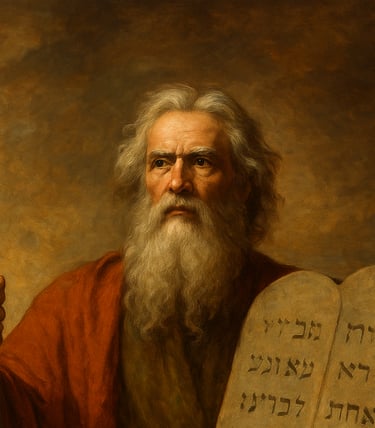

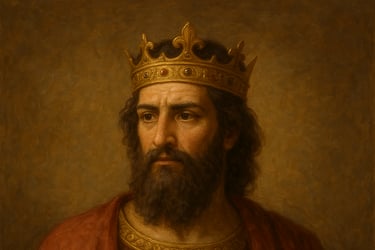

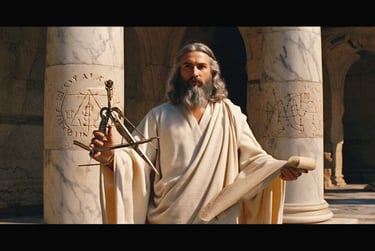

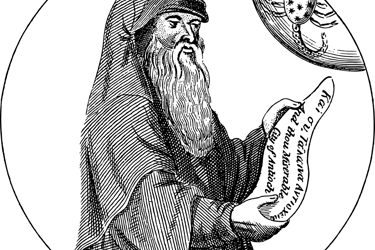



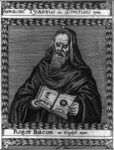

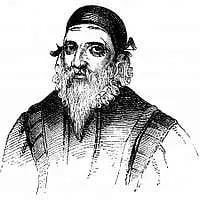

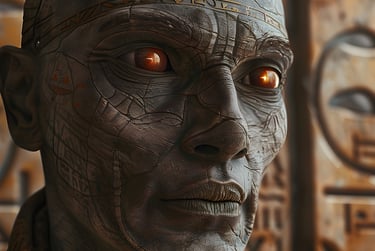

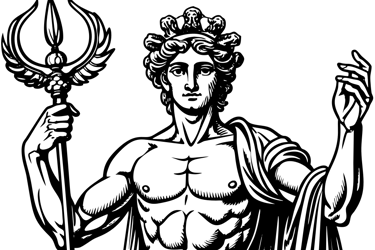



I Believe in Magic
© SDBEST LLC, 2025. All rights reserved.
Privacy Policy
Sponsorship Disclosure
Cookie Policy
Disclaimer
